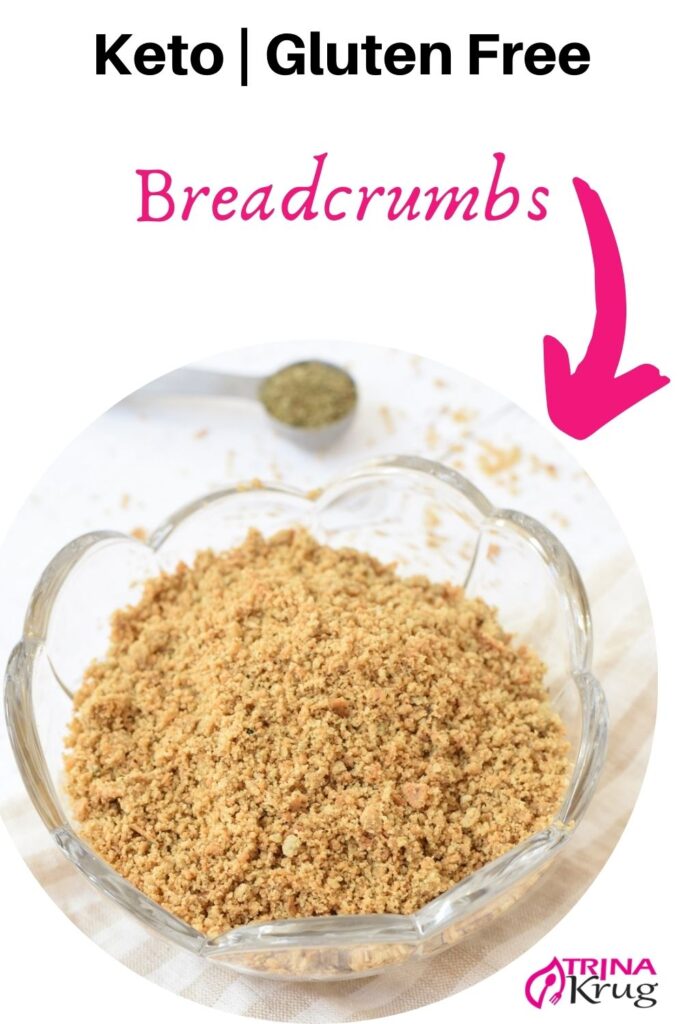
Apply Now


The Brown Rice Dilemma: Is It Keto-Friendly?
Brown rice has been a staple food for many due to its nutritional benefits, such as fiber and essential nutrients. However, when considering a ketogenic (keto) diet, which strictly limits carbohydrate intake to 20-50 grams per day, the question arises: is brown rice keto-friendly? The answer is often no. With a higher carbohydrate content compared to other low-carb options, brown rice can hinder the ability to reach and maintain a state of ketosis. On a keto diet, where the emphasis is on low-carb intake to promote fat consumption as the primary energy source, understanding the implications of including brown rice is crucial. While it does offer some health benefits, the carbohydrate count can be a significant deterrent for those adhering to these dietary restrictions. Fortunately, there are many healthy alternatives that cater to both taste and nutritional requirements, such as cauliflower rice or other low-carb vegetables. In this article, we will delve into the nutritional profile of brown rice, its comparisons with other grains, and explore the best low-carb alternatives suitable for a ketogenic lifestyle. You'll also find practical meal planning tips and insights into maintaining a low-carbohydrate diet while enjoying delicious meals.Understanding Brown Rice Nutrition
The nutritional value of brown rice is notable, providing a range of vitamins and minerals that contribute to health. However, it is essential to recognize how this fits into a keto diet framework. One cup of cooked brown rice generally contains about 45 grams of carbohydrates. This high carb count makes it a tricky option for those who need to watch their carb intake closely.Caloric and Carb Count in Brown Rice
When evaluating brown rice versus white rice, one of the key differences lies in their carb content. Brown rice typically has a higher fiber content—about 3.5 grams per cup—compared to white rice, which contains less than 1 gram. However, the total carbohydrate count can still make a keto meal plan difficult if consumed in significant quantities. The glycemic index (GI) of brown rice is moderate, meaning it can cause a moderate increase in blood sugar levels, which is another consideration for those managing their carbohydrate intake. For weight management, brown rice can still be part of a balanced diet to some extent, but moderation is key.Health Benefits of Brown Rice
Brown rice is celebrated for its health benefits that include heart health improvements, digestive health due to its fiber content, and a lower risk of certain chronic diseases. These advantages can be particularly appealing when considering healthier carbohydrate sources in a general diet. However, it’s essential to balance these benefits with the higher carbohydrate content when formulating a keto-friendly meal plan. Understanding how fiber contributes to satiety can assist in making better decisions regarding portion sizes and frequency of consumption.Brown Rice Versus Other Grains
When navigating grain choices for a keto diet, many individuals may find themselves comparing brown rice with alternatives such as quinoa, farro, or even grains like barley. Each of these grains comes with varying degrees of carbohydrate content. While quinoa, for example, is often touted as a healthy grain, it does carry a similar carb count to brown rice. This becomes a critical point for anyone looking closely at their keto meal planning. In terms of fiber content, some may choose to incorporate small amounts of these grains due to their nutrient density when not strictly adhering to the keto diet.Low-Carb Rice Alternatives
If you're committed to maintaining a strict keto lifestyle, consider alternatives to brown rice that are both satisfying and low in carbohydrates. Cauliflower rice is one of the most popular substitutes, containing only about 5 grams of carbs per cup while providing essential nutrients. Other alternatives include shirataki rice, which is almost zero calories and carbs, and broccoli rice, both of which offer versatility and can be incorporated into many dishes. These substitutes can often be used in traditional rice dishes, maintaining the flavor while significantly reducing carbohydrate intake.Meal Planning on a Keto Diet
Incorporating a low-carbohydrate lifestyle through mindful meal planning can drastically improve your chances of sticking to keto. By understanding the role of grains and carbohydrates, you can create balanced meals that not only satisfy your hunger but also adhere to the dietary restrictions of keto.Snacks on Keto: Smart Choices
Snacking can be one of the trickiest parts of the keto journey, especially when craving something rice-like. Opt for high-fiber snacks that keep your carb count low. For instance, utilize thinly sliced vegetables or seed-based crackers for crunch instead of rice cakes or similar snacks.Healthy Eating Habits for Success
To transition successfully into a low-carb lifestyle, focus on healthy habits. This includes prepping meals in advance, understanding portions, and being aware of hidden carbohydrates in foods that you may not initially suspect, like sauces and dressings.Cooking Techniques for Low Carb Diets
Knowing how to prepare low-carb dishes can open a world of recipes that stay within your carb limits. Experiment with cooking methods like sautéing or steaming vegetables to create satisfying meals without the added carbohydrates from rice and similar grains.Tracking Carbs Effectively
To maximize success on a keto diet, effectively tracking carbohydrate intake is essential. Utilize apps or journals to note the carb counts of different foods, aiding in making informed dietary choices. This practice supports not just keto adherence but overall health management.Exploring Rice Recipes After Keto
Although rice may not fit within strict keto guidelines, exploring recipes using brown rice can still provide inspiration for healthy alternatives that emphasize nutritious ingredients while being mindful of carbohydrate content.Incorporating Whole Grains Wisely
If you decide to step outside of strict keto parameters on occasion, consider cooking methods that reduce glycemic load, such as soaking or sprouting whole grains like brown rice. This could also include experimenting with blended grains or utilizing smaller portions.Balancing Diet Between Brown Rice and Keto
How to navigate enjoying food while remaining balanced? Consider days when carbs can fit logically into your meal plans—perhaps aligning with an active day where energy is required. The key here is balance and customization of your food choices based on dietary needs.Fiber-Rich Diet Benefits
The importance of fiber in diet cannot be overstated, especially when it comes to digestive health. Aim to balance your fiber intake from various sources, including vegetables and legumes, to enhance satiety and health benefits while managing your carb count.Final Thoughts
While brown rice offers several health benefits, it may not be the best fit for those sticking to a keto diet due to its higher carbohydrate content compared to alternatives. By exploring low carb rice options and smart meal planning, maintaining a healthy lifestyle can be achievable. As you navigate your dietary choices, remain mindful of balancing nutrition, carb counts, and lifestyle goals.
